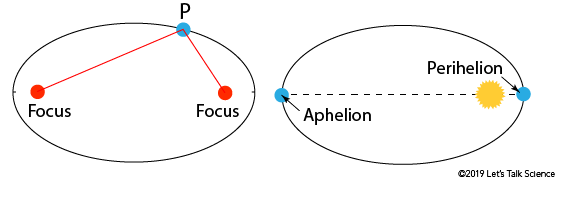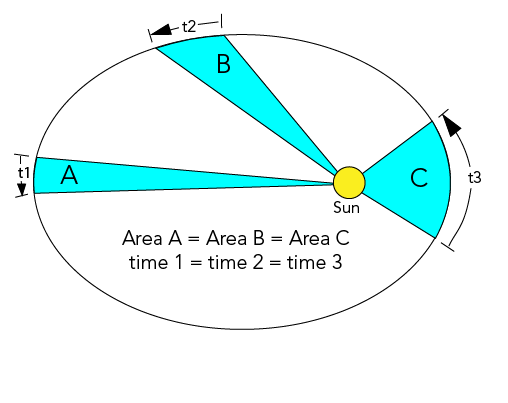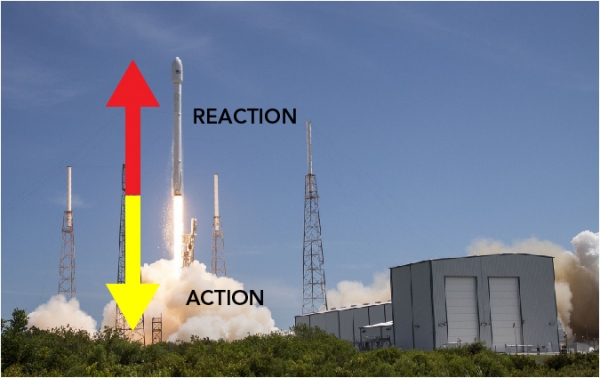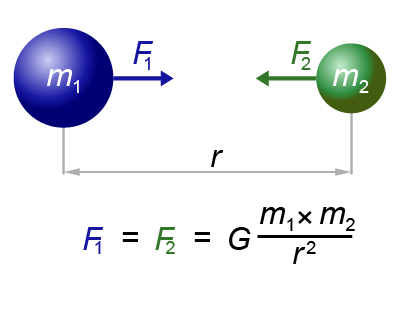Orbital Mechanics
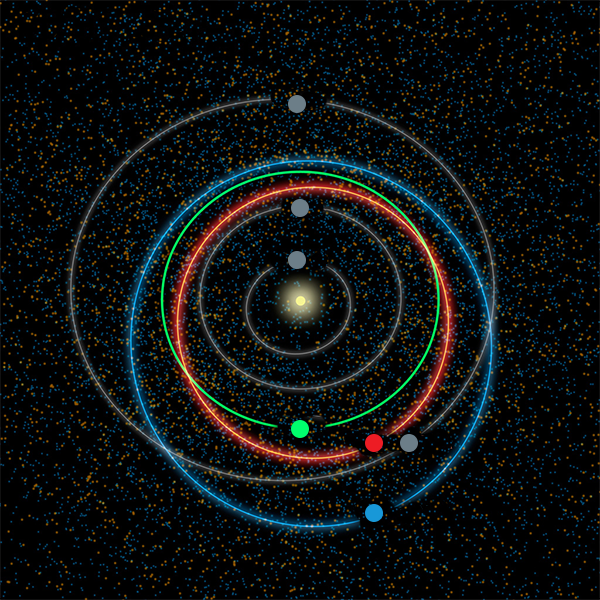
Planet and asteroid orbits around the Sun (NASA/JPL-Caltech)

Planet and asteroid orbits around the Sun (NASA/JPL-Caltech)
How does this align with my curriculum?
BC
6
Science Grade 6 (June 2016)
Big Idea: Newton’s three laws of motion describe the relationship between force and motion.
